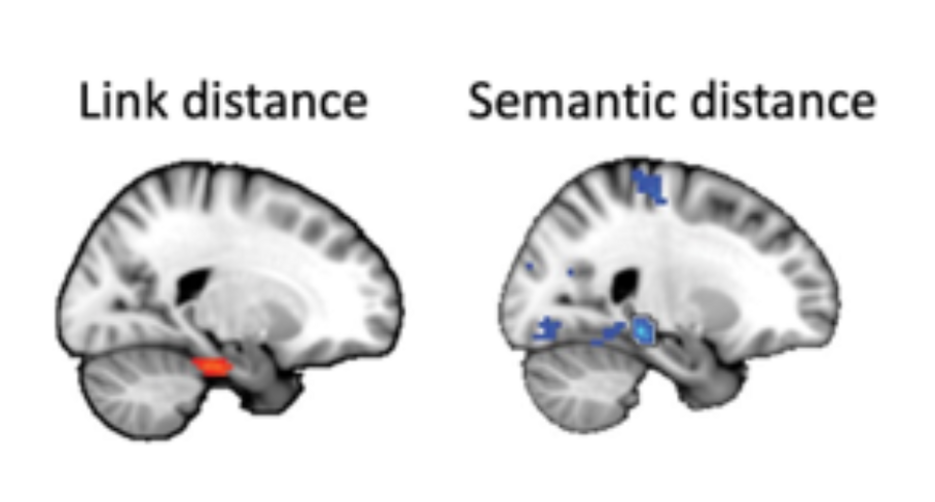New paper!
09.01.2024Wie schafft es das Gehirn, verschiedene Informationen gleichzeitig zu organisieren, zum Beispiel die Bedeutungen von Dingen und die Wahrscheinlichkeit, dass diese gemeinsam auftreten?
Parallel cognitive maps for multiple knowledge structures in the hippocampal formation
Xiaochen Y Zheng, Martin N Hebart, Filip Grill, Raymond J Dolan, Christian F Doeller, Roshan Cools, Mona M Garvert
The hippocampal-entorhinal system uses cognitive maps to represent spatial knowledge and other types of relational information. However, objects can often be characterized by different types of relations simultaneously. How does the hippocampal formation handle the embedding of stimuli in multiple relational structures that differ vastly in their mode and timescale of acquisition? Does the hippocampal formation integrate different stimulus dimensions into one conjunctive map or is each dimension represented in a parallel map? Here, we reanalyzed human functional magnetic resonance imaging data from Garvert et al. (2017) that had previously revealed a map in the hippocampal formation coding for a newly learnt transition structure. Using functional magnetic resonance imaging adaptation analysis, we found that the degree of representational similarity in the bilateral hippocampus also decreased as a function of the semantic distance between presented objects. Importantly, while both map-like structures localized to the hippocampal formation, the semantic map was located in more posterior regions of the hippocampal formation than the transition structure and thus anatomically distinct. This finding supports the idea that the hippocampal-entorhinal system forms parallel cognitive maps that reflect the embedding of objects in diverse relational structures.
https://academic.oup.com/cercor/article/34/2/bhad485/7513580?login=true



